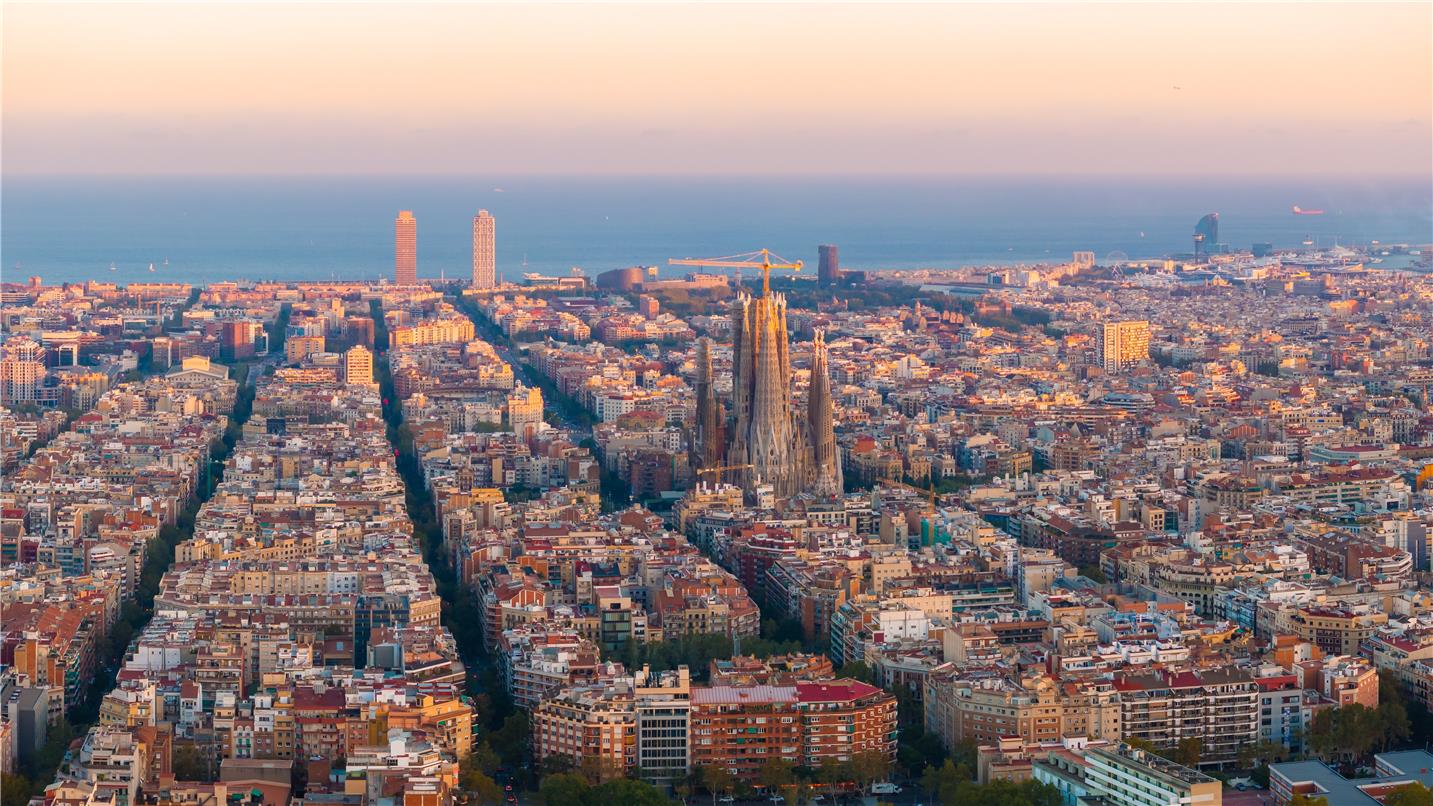The Ecoparc de Barcelona, a waste treatment facility, faced a significant challenge in controlling odours produced during the waste treatment process. To meet regulatory requirements, an efficient odour control system was needed. The solution was found in Advanced Biofiltration technology, which uses a high-density inorganic support with inoculated microorganisms to achieve low odour concentrations, meeting strict emissions limits.
The Issue
The Barcelona metropolitan area produces around 1.6 million tonnes of waste annually, excluding industrial waste. The Ecoparc de Barcelona is responsible for the comprehensive treatment of this waste, including sorting recyclables, composting organic matter, and mechanisation. The waste treatment processes generate compounds such as ammonia, mercaptans, and other volatile organic compounds, which have a significant odour load. To provide optimal working conditions and reduce environmental impact, an efficient odour control system was needed. The authorities required the odour concentration to be lower than 1,000 ouE/m3, or the efficiency of the odour control system to be higher than 95%.
The Solution
The SUEZ High Efficiency Advanced Biofiltration (HEAB) Technology
Given the large volume of process air (340,000 m3/hr) to be treated and the odorous composition of the air stream (Inlet Odour Concentration of 20,000 ouE/m3, Inlet Ammonia (NH3) concentration of 30-40 ppm), this presented a challenge to the facility to meet the stringent environmental demands. As such biofiltration was identified as the most suitable treatment solution. However, the conventional biofiltration system was insufficient to meet the environmental requirements and required intensive maintenance. In 2007, it was replaced with SUEZ’s High Efficiency Advanced Biofiltration (HEAB) technology.
To overcome the regulatory constraints and limitations associated with the conventional biofiltration system, the existing system was replaced with SUEZ’s High Efficiency Advanced Biofiltration (HEAB) technology. The SUEZ High Efficiency Advanced Biofilter (HEAB) offers an alternative and highly effective strategy for improving the efficiency odorous gas stream treatment.
HEAB uses a specific media which is composed of two phases: an inorganic phase with high porosity and mechanical strength, and a sterilized organic phase that supports the optimal growth of specific microorganisms. This unique composition not only enhances treatment performance for a wide range of odorous compounds but also ensures the durability and longevity of the media bed.
HEAB systems offers multiple benefits, including:
- Increased Purification Efficiency: HEAB achieves substantially higher purification efficiencies compared to conventional biofilters, due in part to sterilization and inoculation of the media, with systems routinely achieving residual outlet odour concentrations <1,000 ouE/m3.
- Immediate Performance and extended lifespan: HEAB delivers the design removal efficiency immediately following commissioning and maintains this throughout its extended operating life (up to 8-10 years), ensuring consistent performance.
- High Availability and Simplified Maintenance: With a long useful life and straightforward media replacement, HEAB ensures over 99% annual availability, far surpassing conventional biofilters. Media replacement tasks are efficient, taking only 2-3 weeks every 8 years.
- Robustness and Energy Efficiency: HEAB systems are robust, ensuring near-thermal oxidation system efficiency but with significantly lower energy consumption. The pressure drop across HEAB remains notably lower, reducing fan electricity consumption by up to 40- 50% compared to conventional biofilters.
- Reduced Inherent Media Odour: Unlike conventional biofilters, where the media itself can contribute notably to residual outlet odour concentration, use of HEAB media results in minimal media odour.
Results
Since the installation of the Advanced Biofiltration system, the Ecoparc de Barcelona has consistently met the stipulated environmental requirements, with odour concentrations of less than 1,000 ouE/m3 and performance efficiencies consistently >95%. The system has significantly reduced odour and contaminant concentrations at the outlet of the treatment system, achieving legal compliance and reducing the environmental impact. Additionally, both electricity and water consumption have decreased compared to the previously installed conventional biofilters, and odour emissions have significantly decreased.

